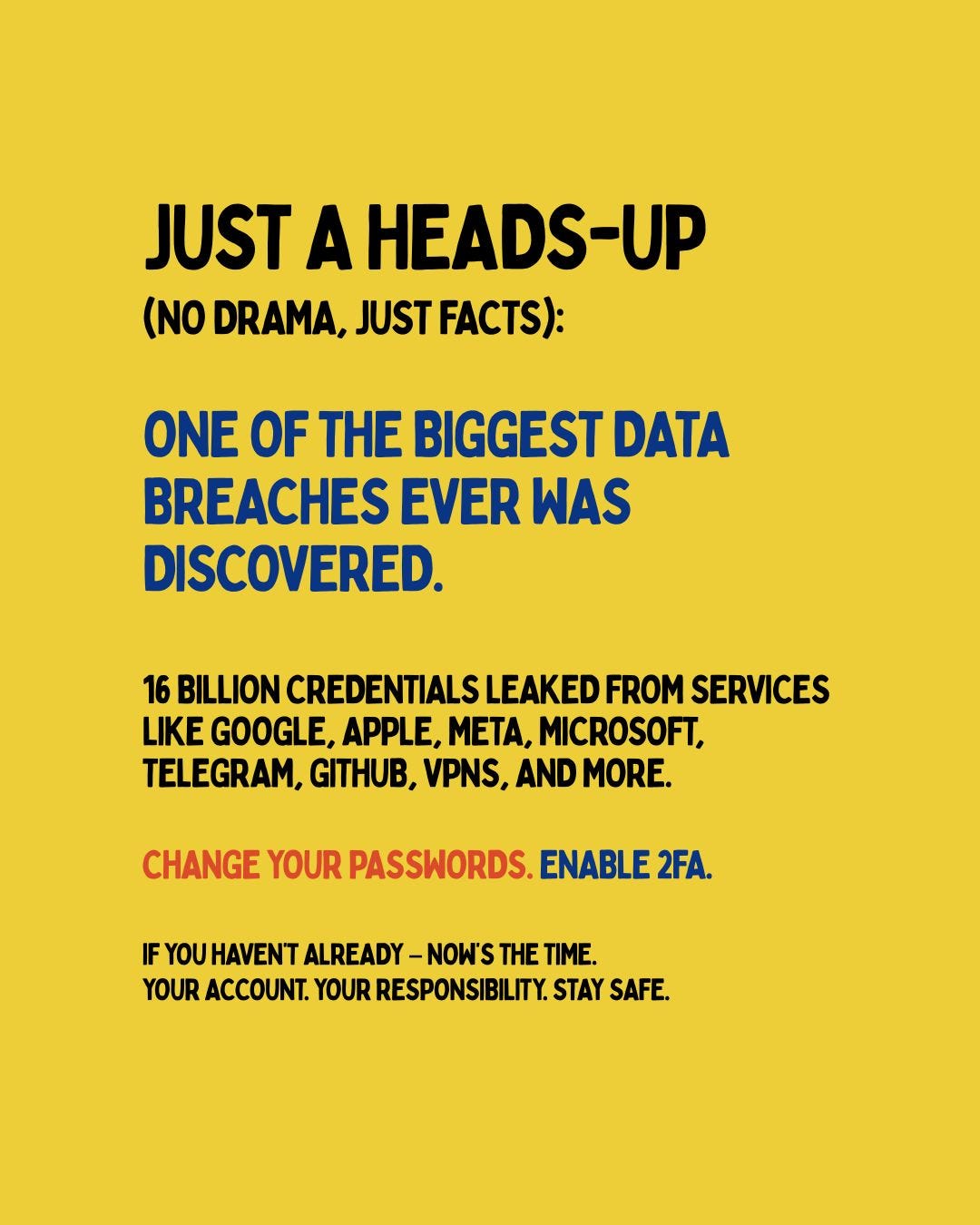How I Got Invited to a Scam Exhibition and Replied Like a Professional Artist
We’ve all been there: the dreamy invite promising VIPs, collectors, and $100K. Too good to be true — because it is. Disappointed, yes. But I reply like a pro. To whom?
Scamming the scammer who disappears
This morning, I received one of those emails.
An exclusive art exhibition.
Private collectors. VIPs. Curators.
The who is who in the Artworld.
Only 20 artists would be selected.
And I was one of them.
It landed in my old Gmail, the one I mostly forget about.
At first it set off a familiarity feeling.
The curator’s name? Yeah I think I know him.
The collector mentioned? Also real.
People from my online circle — curators, collectors, artists — the kind of names that show up in shares or in the comment sections.
So it didn’t scream obvious scam.
Not immediately.
Still, the tone was a bit too polished. The urgency too rehearsed.
And then came the second email.
Full of promises: important names in the art world, the big deal, and six-figure earnings.
Apparently, the sender makes up to $400,000 annually through events like these.
I could earn $100,000 just by saying yes.
Right. rofl
But here’s what I did:
I replied.
Not to accept.
Not because I believed the hype.
But because I wanted to see how far the scared can scam the scammer.
And I replied like an actual working artist would:
“Thank you for reaching out. First off for international exhibitions of this scale, I typically require a production and logistics advance between €5,000 - 10,000 per exhibition, covering artwork insurance, size and shipping location. Please also share a sample contract, list of participating artists, confirmed venue details, and relevant deadlines.”
That was it.
Professional. Measured. Serious. No over excitement. No flattery. Just facts.
I hit send.
From the wrong address — my ProtonMail, the one I use for grant proposals, serious work, and actual curators.
But it didn’t matter.
Because the scammer didn’t write back.
Nothing.
No excuses.
The moment they realized I wasn’t a beginner, the whole thing was over.
No pretending. No follow-up.
Just silence. Which, frankly, says everything.
This is the part I want to highlight — not the scam itself, but what it mirrors.
Because the reason these emails work is simple: they mimic the art world out there.
The vagueness. The pressure. The way real offers often arrive — no structure, no contract, no clarity, just promises.
That’s why they get artists. That’s why it stuck with me.
Because we’ve accepted this. They mirror the market. That’s why they work.
So here’s your checklist:
If an opportunity sounds off even though at the same time its also enticing, yet vague, and maybe even urgent then figure out the following and then you’ll know:
Where’s the venue?
Who are the other artists?
What’s the contract?
Who covers production, shipping, and insurance?
If they disappear after that, you didn’t lose an opportunity.
You dodged a scam.
If They Can Fake an Art Show, They Can Fake a Login Screen Too.
Protect your work. Protect your data!

One of the biggest data breaches in history just happened.
16 billion credentials leaked from platforms like Google, Apple, Microsoft, Telegram, and more.
If scammers are already mimicking real curators, what else could they fake?
Check if your email was exposed via haveibeenpwned.com
Change your passwords
Enable two-factor authentication.
Stay smart. Stay skeptical. Stay safe. It's doable.
Art or Asset? The Inigo Philbrick Scandal and What Artists Are Never Told
A Netflix-Worthy Scandal: Inigo Philbrick, the Art Market, and What No One Tells Artists
Be Authentic. Or at Least Look Like It.
We Don’t Follow the Algorithm - We Follow the Artist - Why authenticity, curiosity, and a little imperfection still matter online.
Can a cat sculpture explain your anxiety better than your therapist? (It just might-if Sebastian Mittl made it.)
Sebastian Mittl is an Austrian contemporary artist whose work explores the intersection of ego, anxiety, and memory through painting, sculpture, and installation.
💌 Subscribe if you’re into:
Real talk for artists with real names. Weekly-ish. No fluff. No ego.
And absolutely no curators who vanish when you ask for terms.







Whisp away like smoke~
This one was a scam — but not a stupid one.
We’re pretty sure you’ve seen messages like this too — maybe in your inbox, or through friends.
👉 Have you ever received an art scam like this?
Or worse: What if the scammer was your supposed gallerist, art dealer, or even a client?
We’re looking for real stories.
Artists for artists.
You can comment, reply, or write us directly — we’ll keep it anonymous if needed.
Let’s talk about the things we usually brush off.